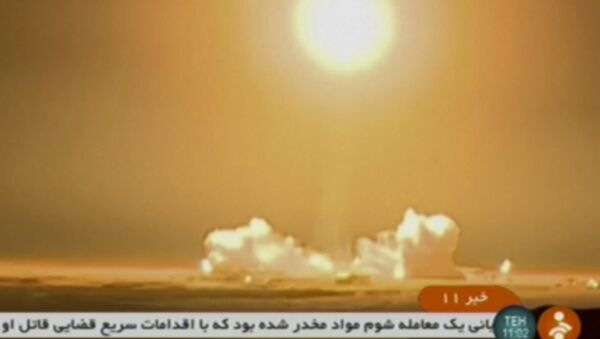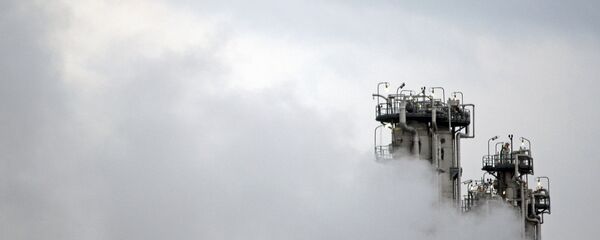Iran's failed attempt to launch a satellite into orbit with a three stage rocket demonstrates the Islamic Republic’s intent to develop missiles able to reach as far as Europe, Mike Pompeo said in a statement on Tuesday.
In defiance of the international community & UNSCR 2231, #Iran’s regime fired off a space launch vehicle today. The launch yet again shows that Iran is pursuing enhanced missile capabilities that threaten Europe and the Middle East.
— Secretary Pompeo (@SecPompeo) 15 января 2019 г.
READ MORE: Iran Has More Potential Oil Buyers Despite US Sanctions – Deputy Minister
Earlier in the day, Iran attempted to launch a satellite into orbit but the rocket's third stage failed to provide enough speed to reach the orbit, Iranian Information and Communications Technology Minister Mohammad Javad Azari Jahromi said.
Iran plans a second satellite launch in the coming days in what the nation claims is a space exploration programme, while claiming that rocket launches do not violate a Security Council resolution, related to the country's nuclear programme.
Iran has recently made significant progress in its space programme with the launch of its Simorgh Satellite Launch Vehicle in July 2017. The United States, the United Kingdom, Germany and France in a joint statement condemned the launch, saying it contravened UN Security Council Resolution 2231.
Unanimously adopted on 20 July 2015, United Nations Security Council Resolution 2231 endorsed the international nuclear deal, formally called the Joint Comprehensive Plan of Action (JCPOA). The resolution laid out a plan for removing the UN sanctions on Iran in exchange for strict monitoring of its nuclear programme, which the country insists is peaceful.
Following last year's ministerial meeting on the sidelines of the UN General Assembly, the United Kingdom, Germany, France, China, Russia, and Iran announced that the European Union would establish a financial mechanism, known as a Special Purpose Vehicle (SPV), to enable trade with Tehran, bypassing the Trump administration's reimposed restrictions.
READ MORE: Washington Says US Sanctions May Help Force Iran to Scale Back Presence in Syria
Those demands include allowing unlimited international inspections of Iran's nuclear programme, halting Tehran's support for Hezbollah and other militant groups in the region, withdrawing all Iranian military forces from Syria, and releasing all US citizens being detained in the Islamic Republic, among other things.
Tehran, for its part, has responded to those demands by listing its own to European states.





